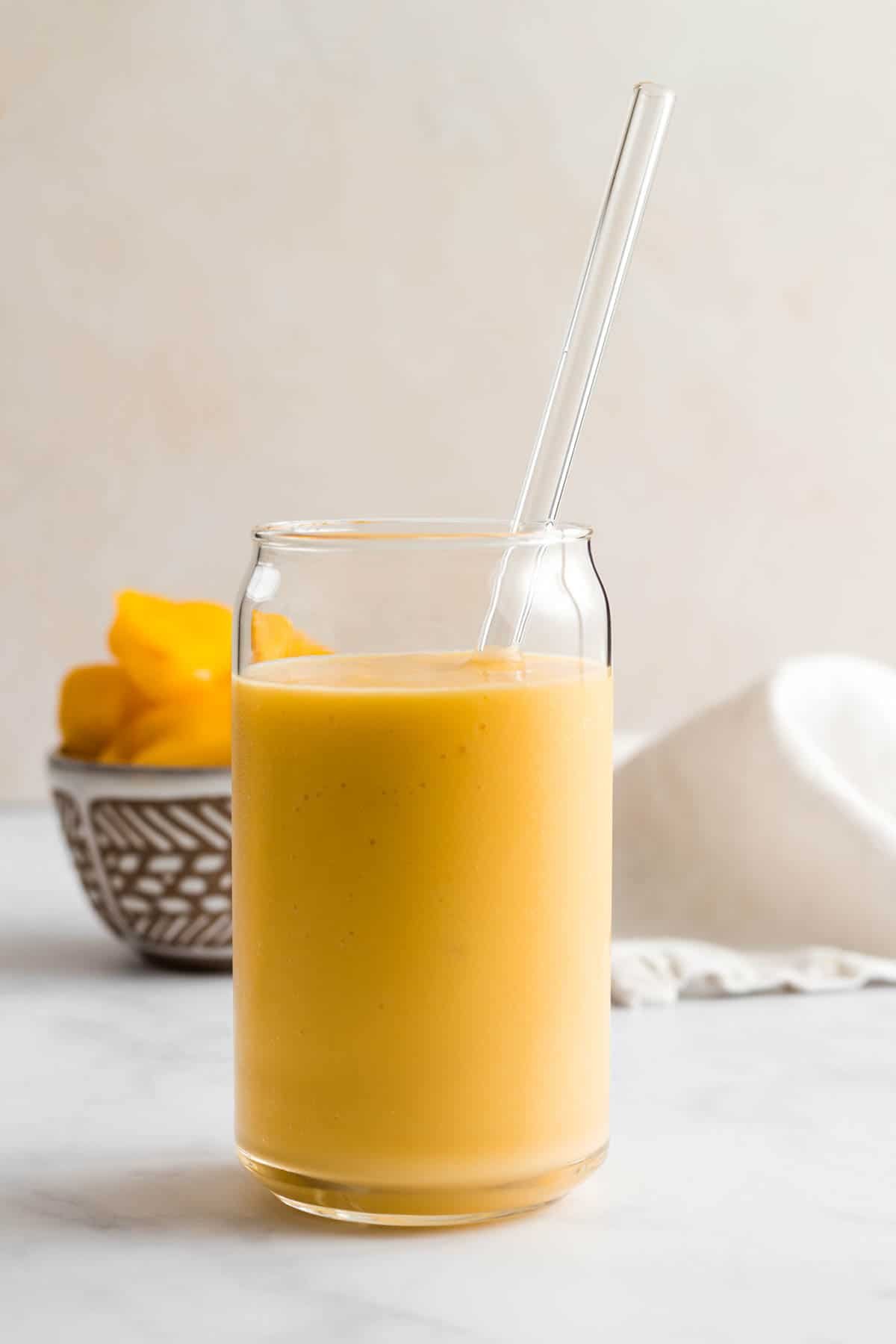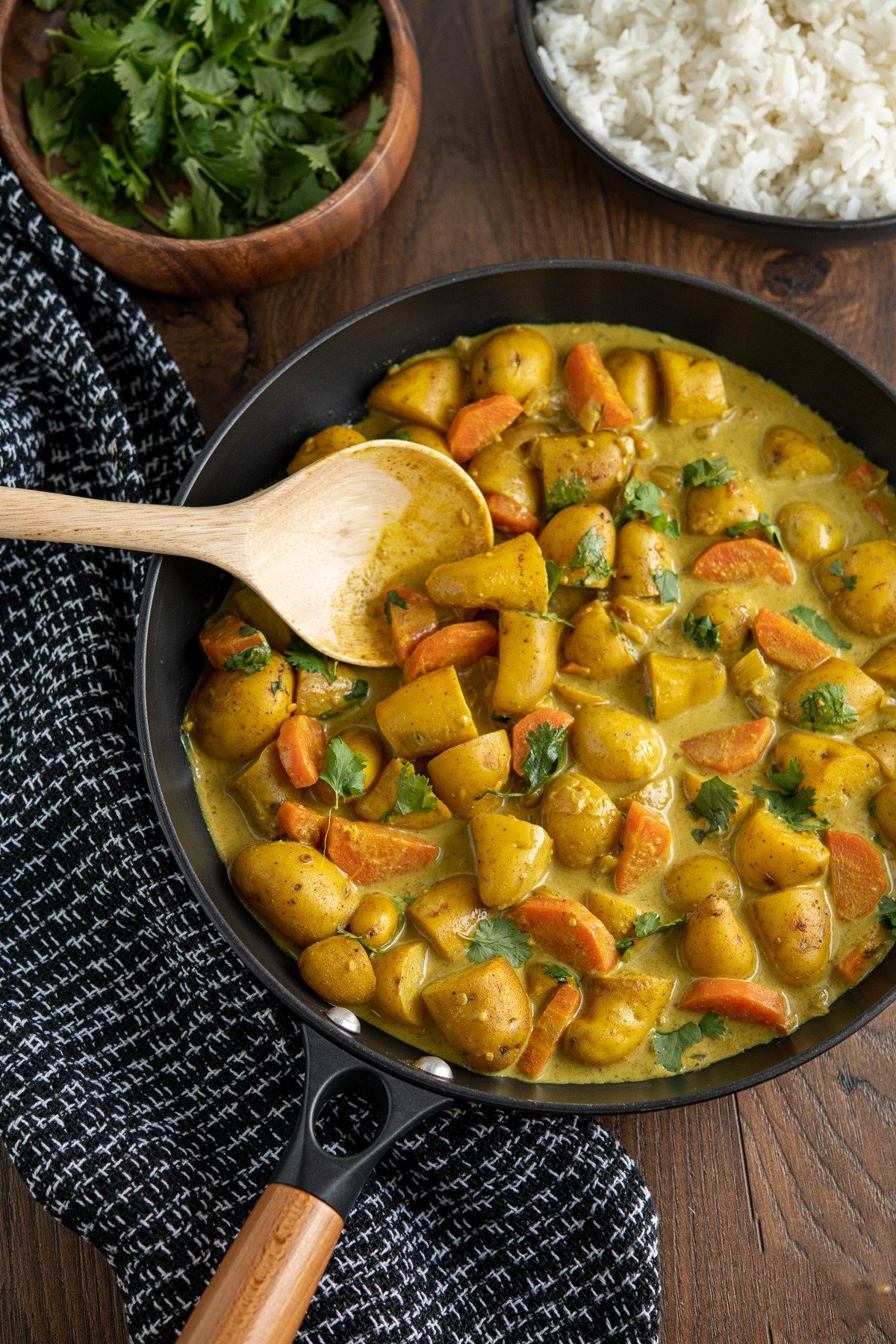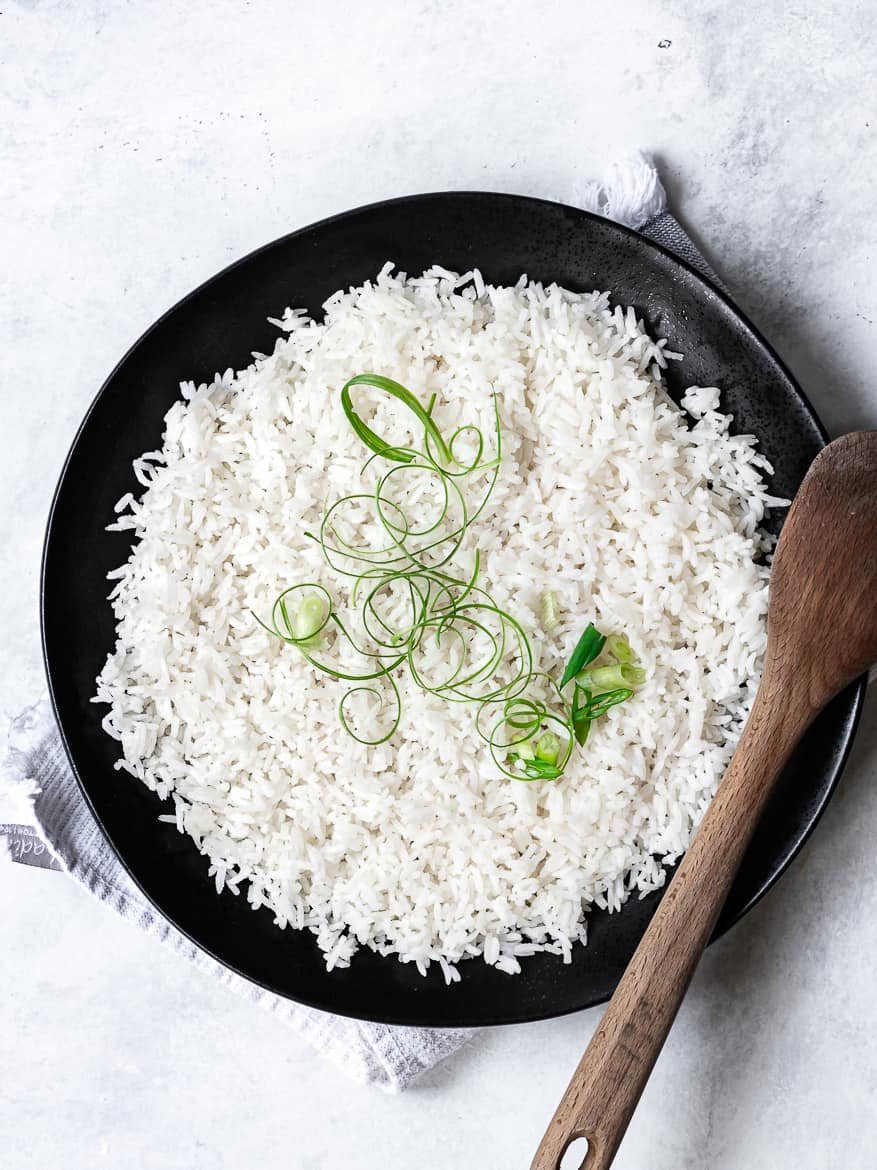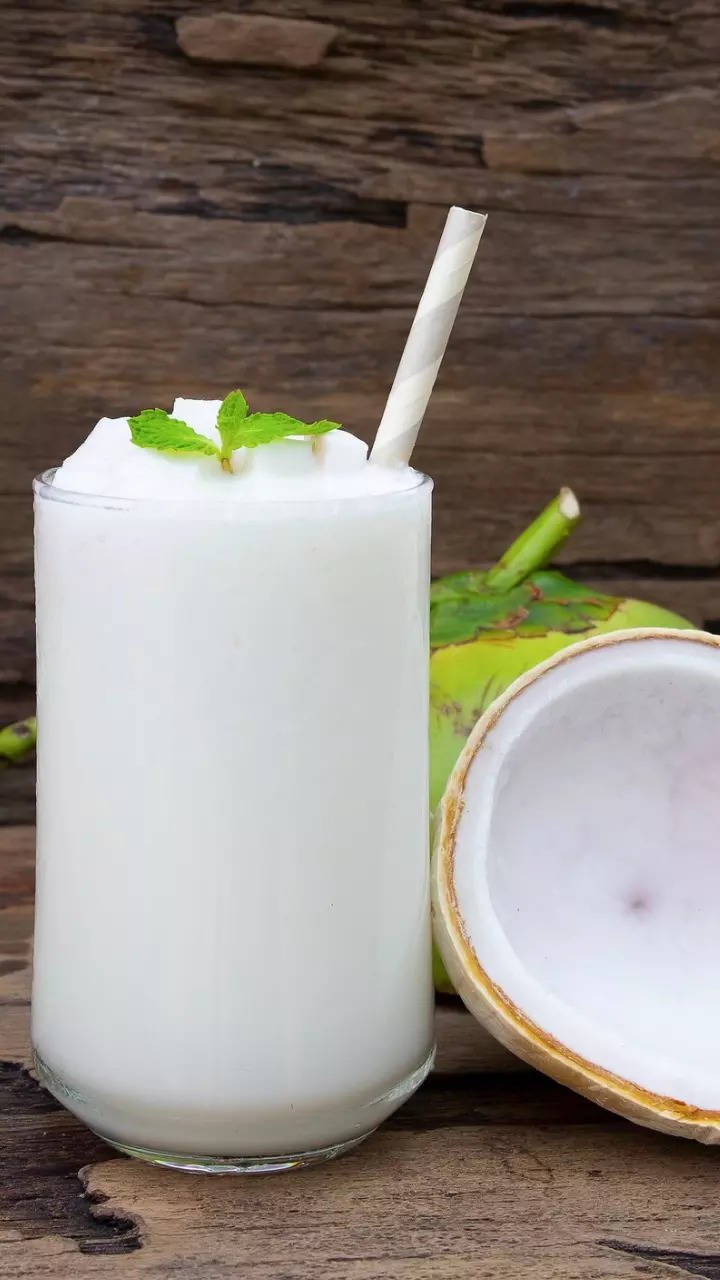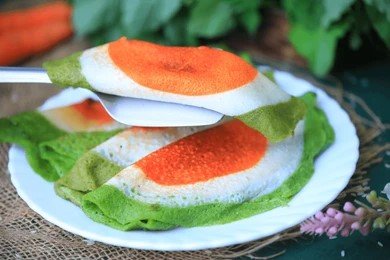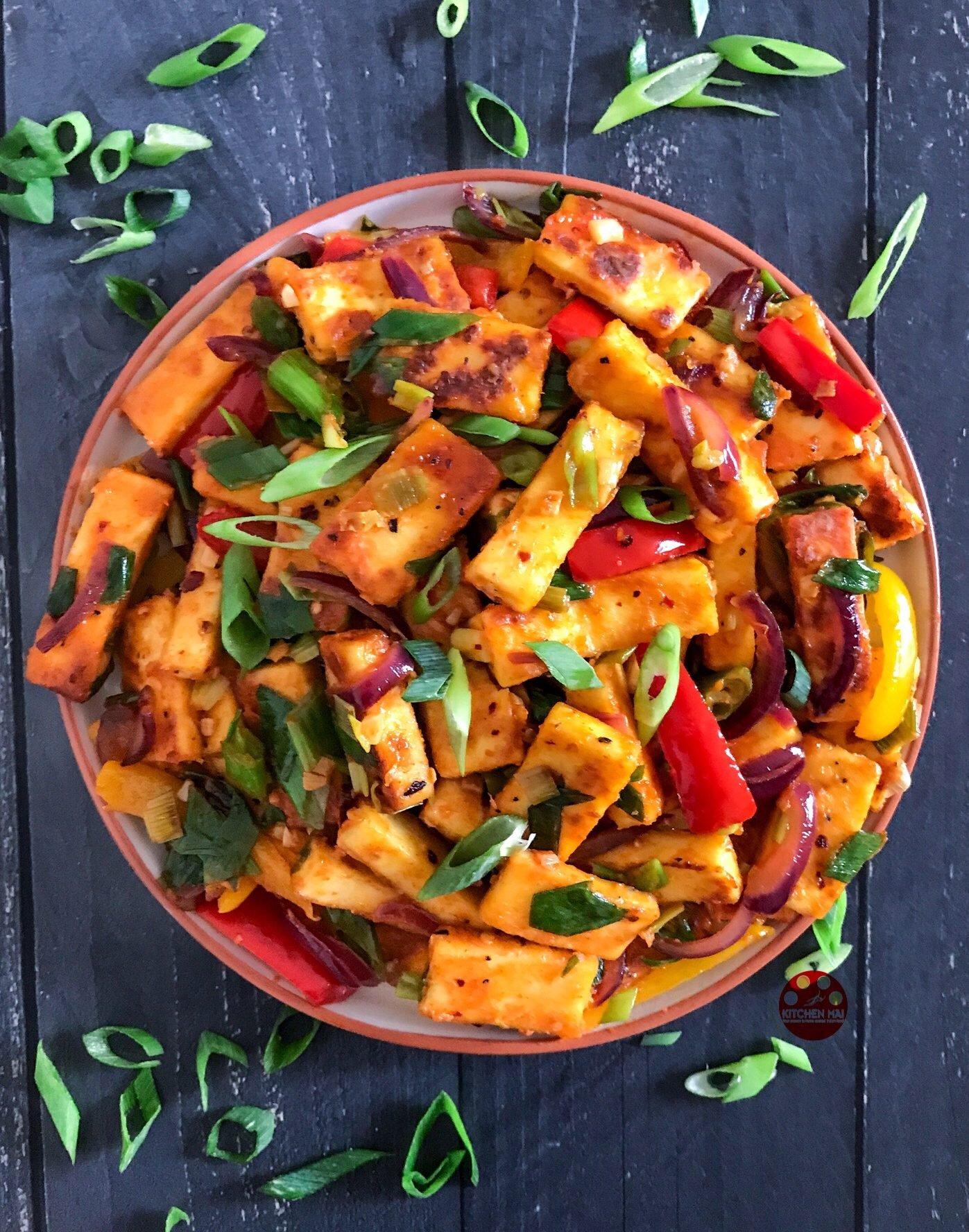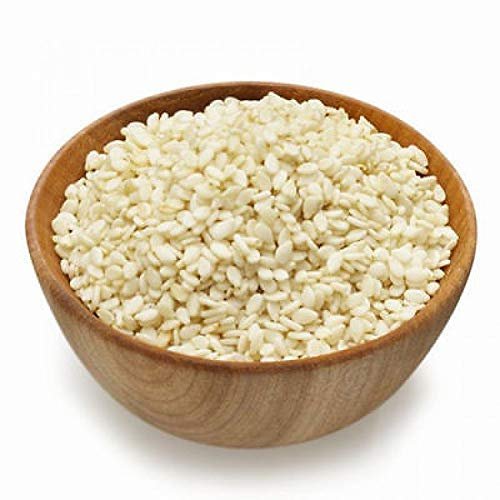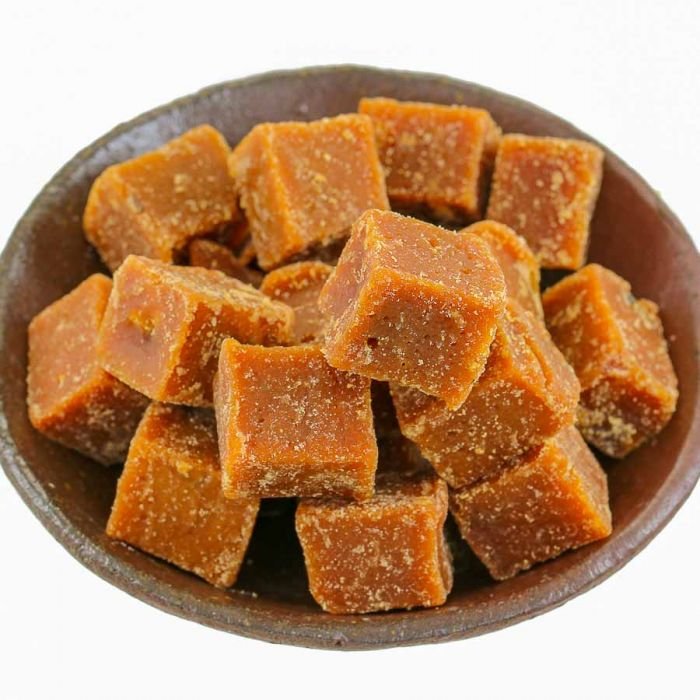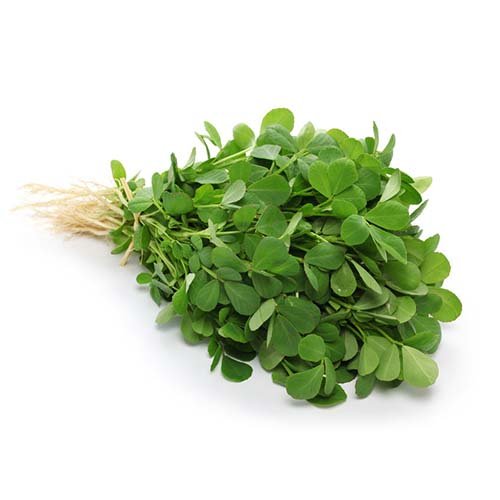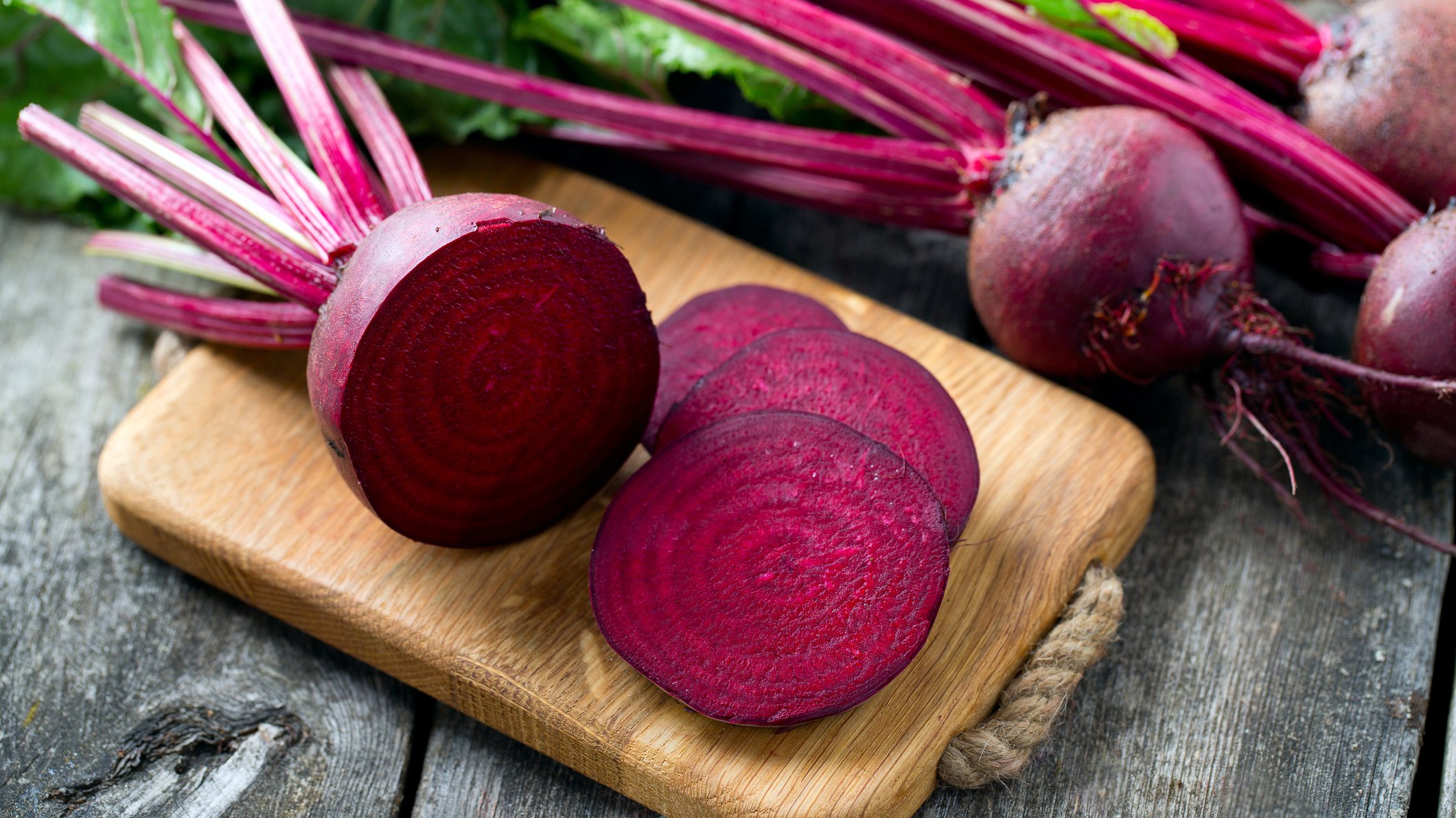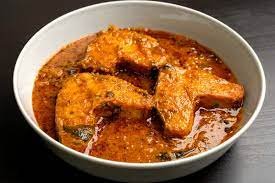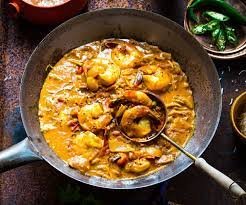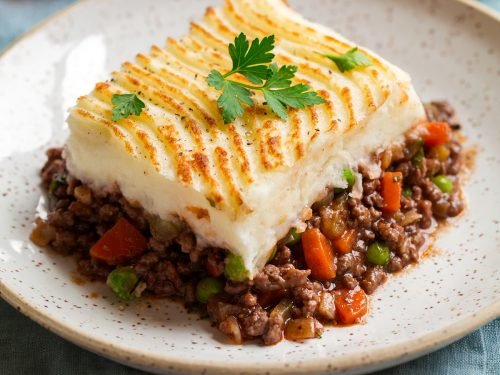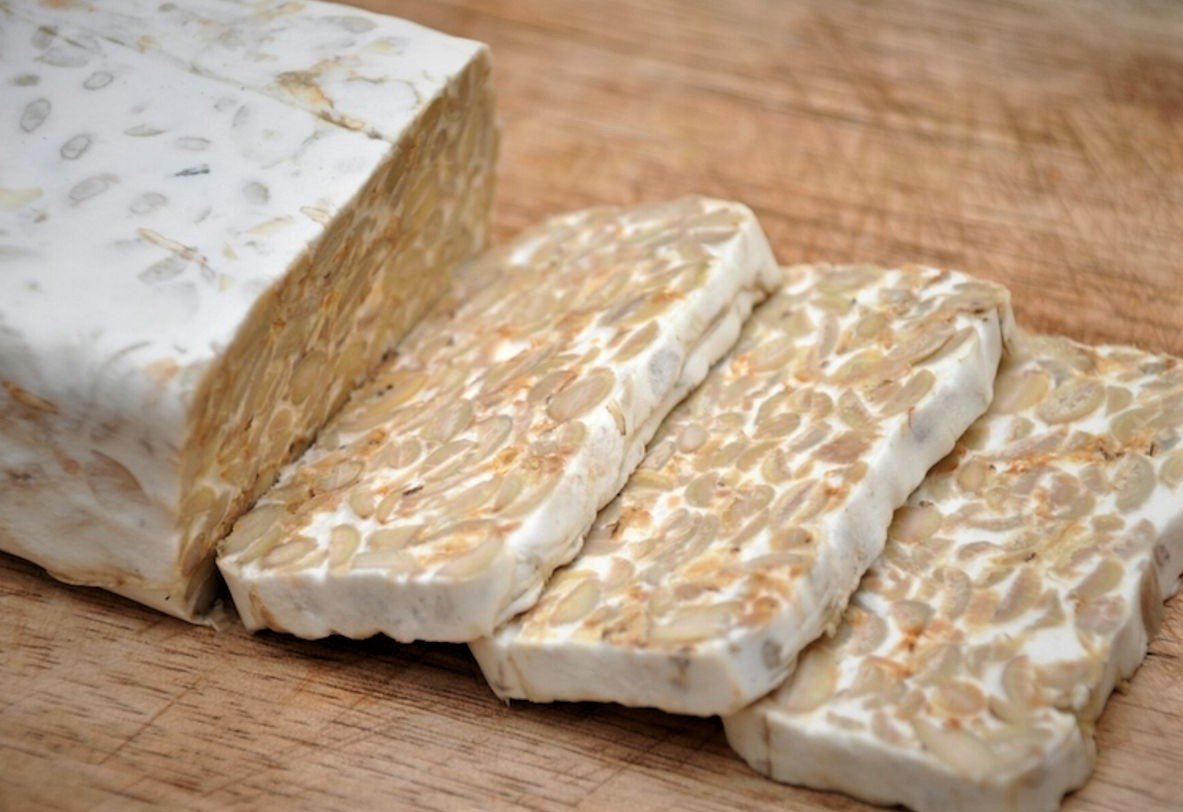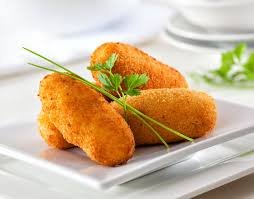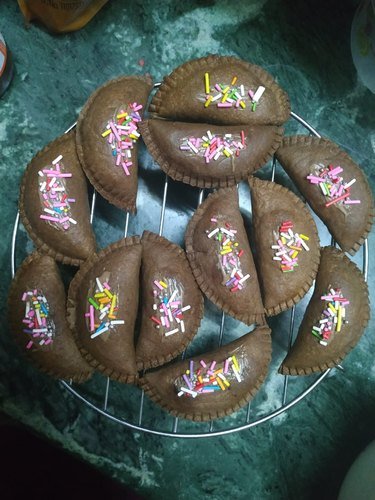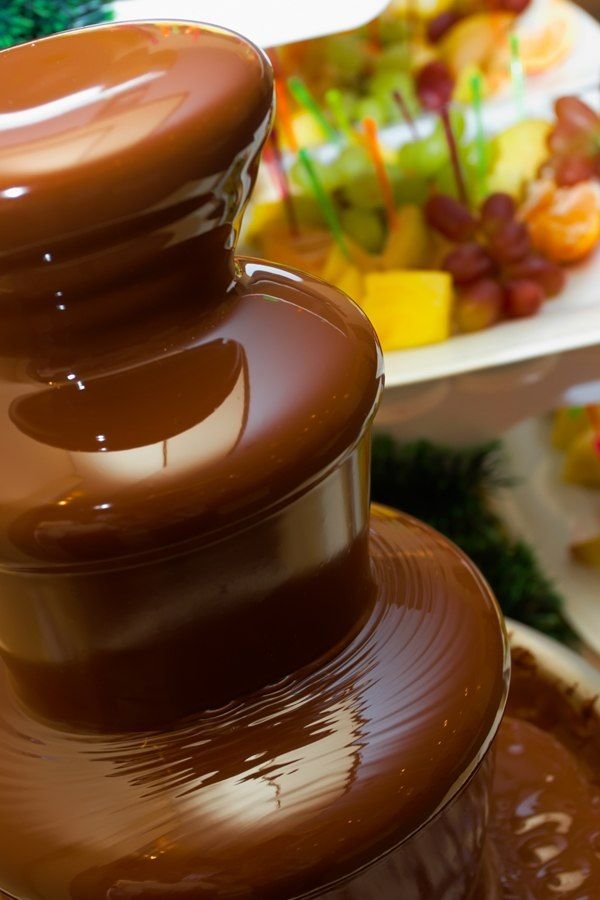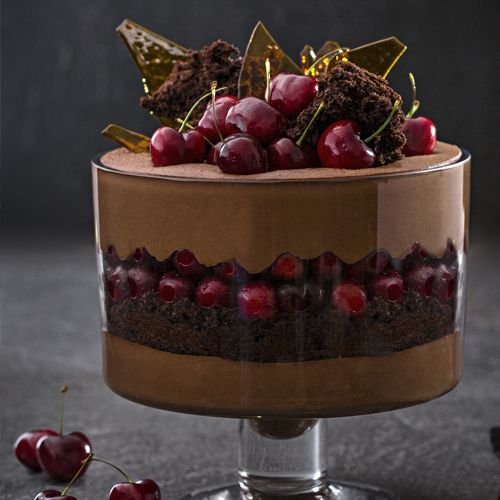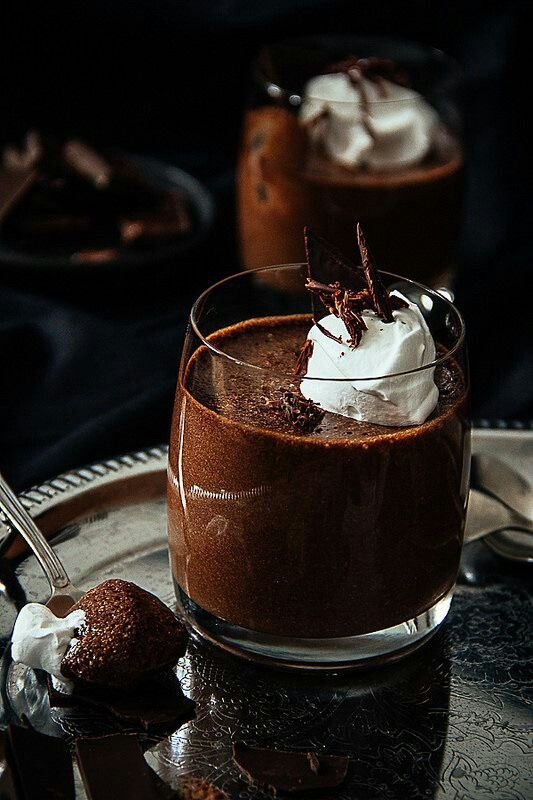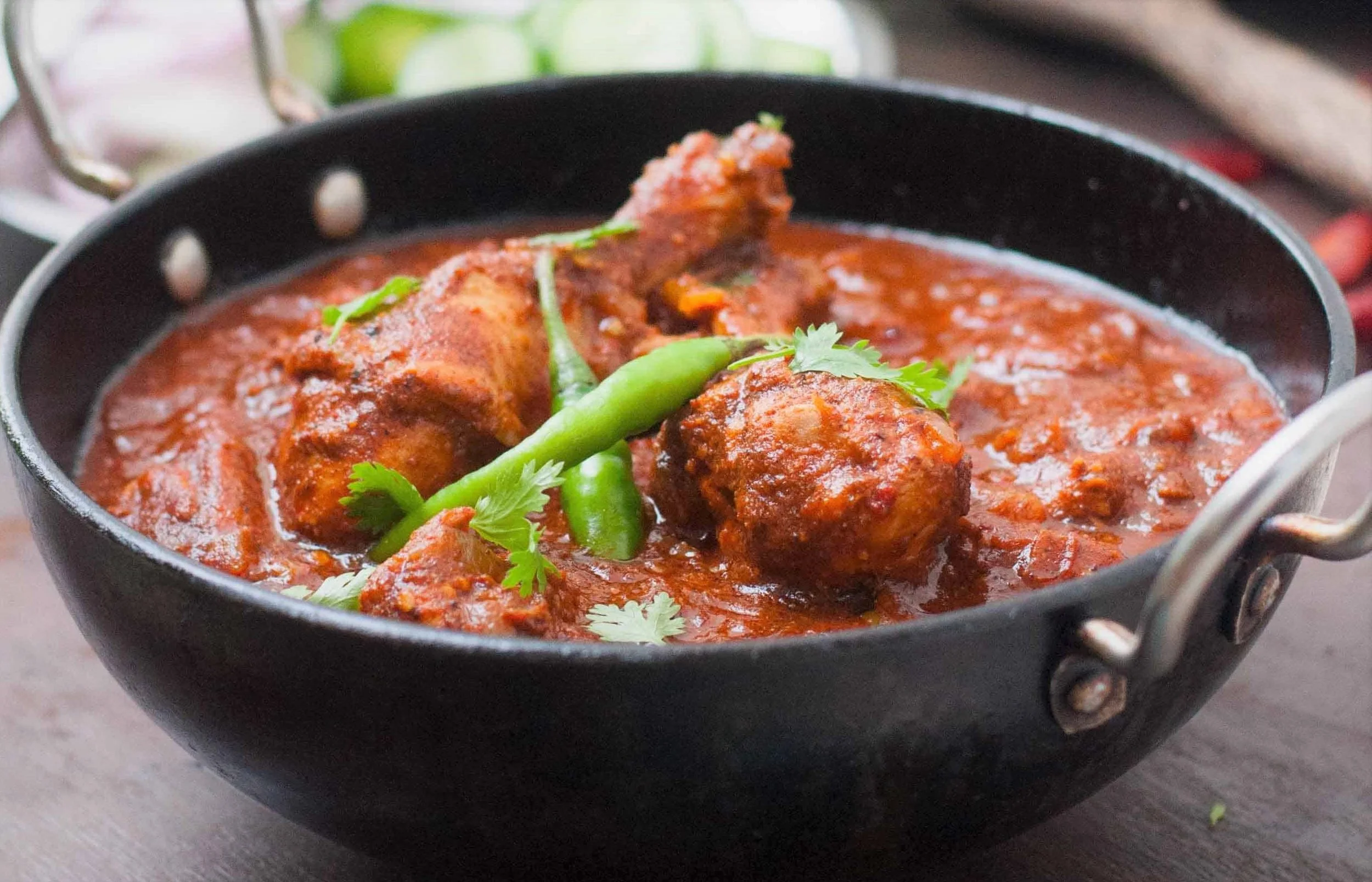Ingredient Ideology |Holi Ke Naam…kuch Dilkhush Pakwaan! By: Dr. Kaviraj Khialani- Celebrity Master Chef.
/Holi Ke Naam…kuch Dilkhush Pakwaan!
Introduction to Festival of Holi:
Holi, also known as the Festival of Colors, is a vibrant and joyous Hindu festival celebrated primarily in India and Nepal. It marks the arrival of spring and the victory of good over evil. During Holi, people come together to play with colors, dance, sing, and enjoy festive foods. It's a time to forgive and forget, repair broken relationships, and celebrate new beginnings. Holi is a festival that transcends barriers of age, gender, and caste, bringing people together in a spirit of unity and love.
Origin of Holi Festival:
Holi, the Festival of Colors, has ancient roots in Hindu mythology. It celebrates the victory of good over evil, with stories like Holika and Prahlad. It's also linked to Lord Krishna, who playfully colored Radha and others. Today, Holi marks the arrival of spring, uniting people through colorful celebrations, music, and festive foods.
Famous Foods on Holi from Various parts of India:
Holi is celebrated with a variety of delicious foods across India. Some of the famous dishes enjoyed during this festival include:
Gujiya (North India): A sweet dumpling filled with khoya (milk solids), coconut, nuts, and cardamom, often deep-fried and dipped in sugar syrup.
Puran Poli (Maharashtra): A sweet flatbread filled with a mixture of cooked lentils, jaggery, and spices, often enjoyed with ghee.
Malpua (North India): Sweet pancakes made with flour, milk, and sugar, often flavored with cardamom and saffron, and fried until crisp.
Thandai (North India): A refreshing drink made with milk, nuts, and spices like saffron, cardamom, and fennel seeds, often mixed with bhang (cannabis paste) during Holi.
Dahi Vada (North India): Lentil dumplings soaked in yogurt and topped with tangy tamarind chutney and spicy masalas.
Bhang Pakora (North India): Fritters made with bhang (cannabis paste) mixed into the batter, traditionally consumed for its intoxicating effects during Holi.
Pulihora (Andhra Pradesh and Telangana): Tamarind rice seasoned with mustard seeds, curry leaves, and turmeric, often served as a festive dish during Holi.
Thandu Keerai Kootu (Tamil Nadu): A curry made with thandu keerai (amaranth stems), lentils, coconut, and spices, often enjoyed with rice during Holi.
These are just a few examples, as different regions of India have their own unique traditional dishes and sweets that are enjoyed during the festival of Holi.
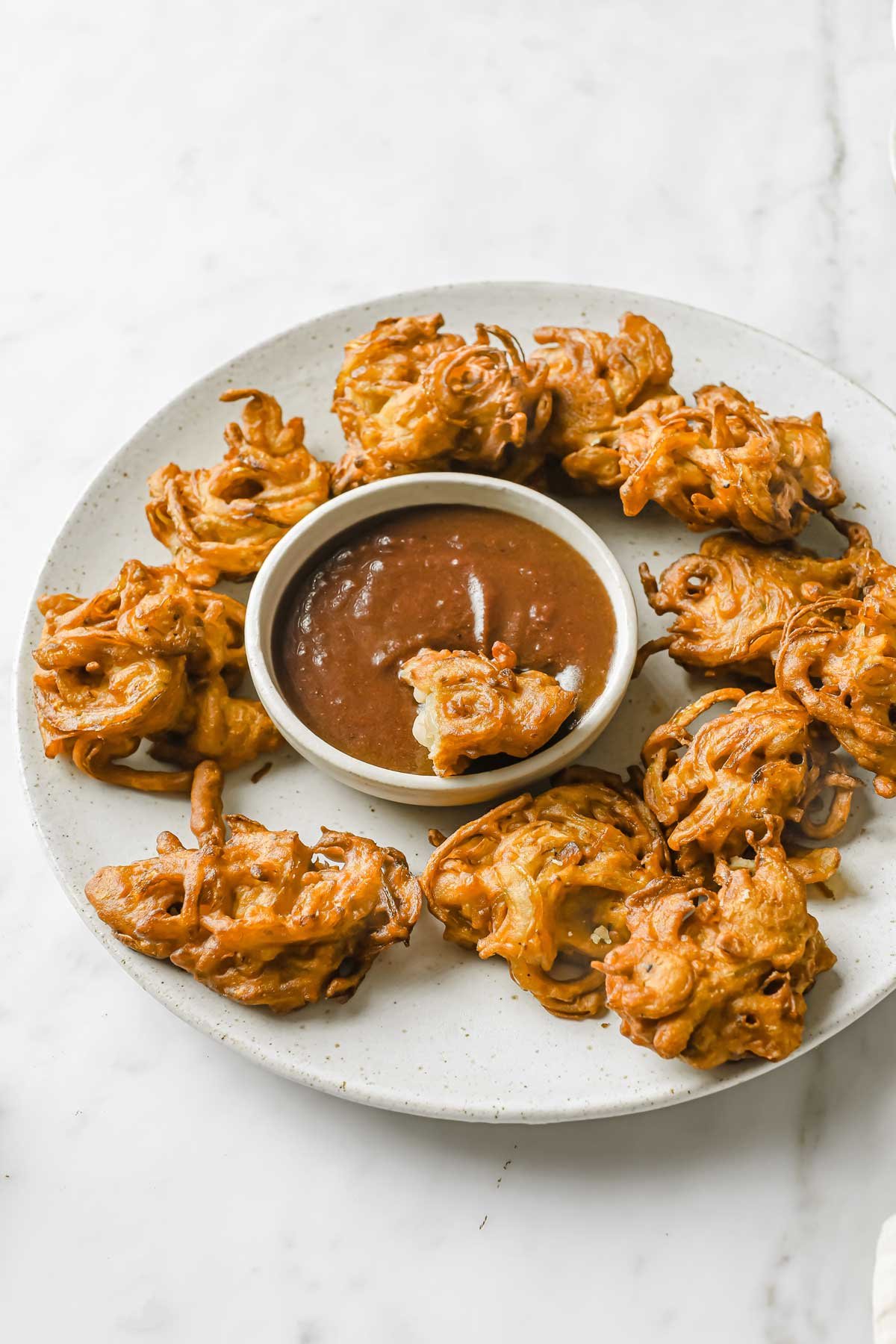
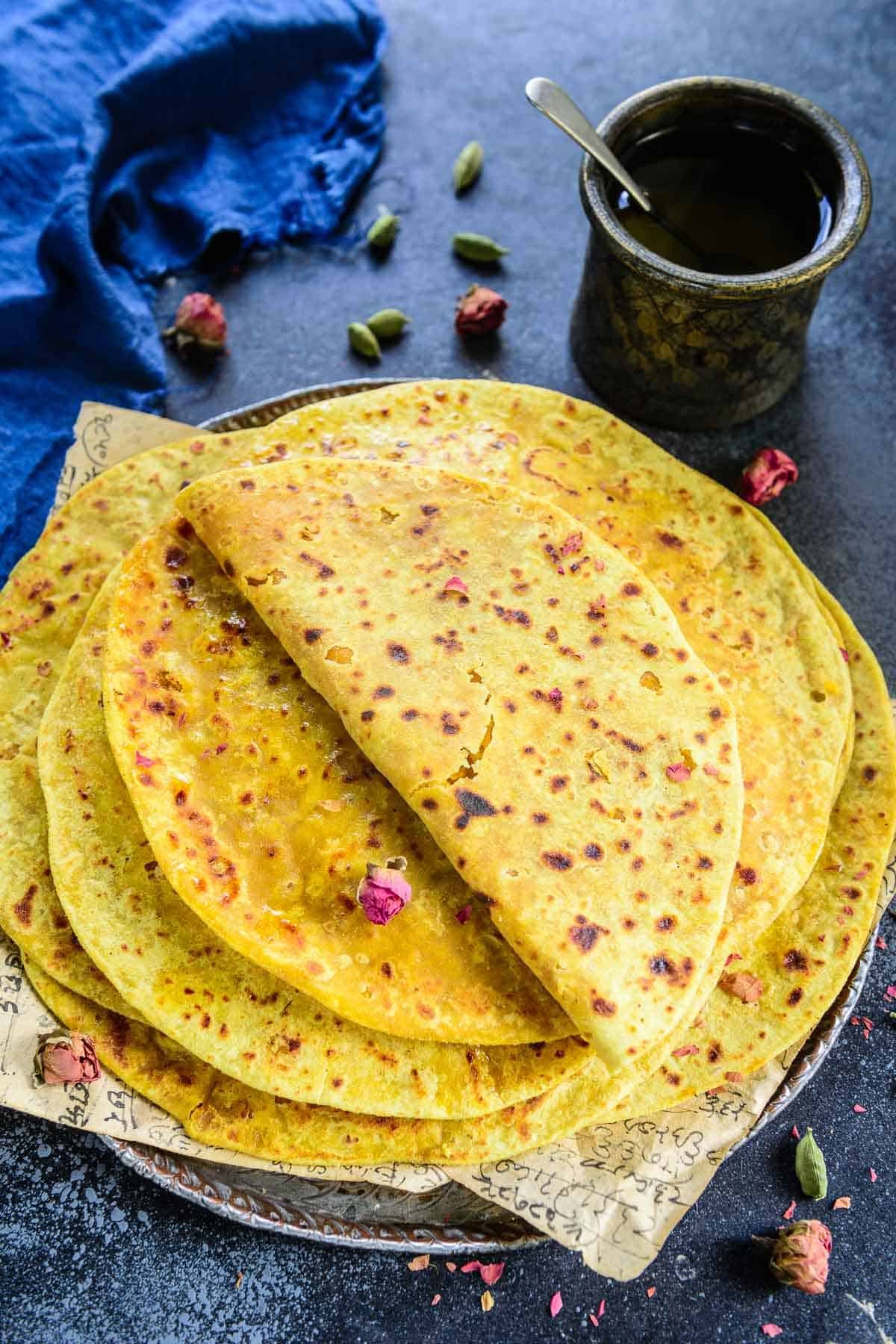

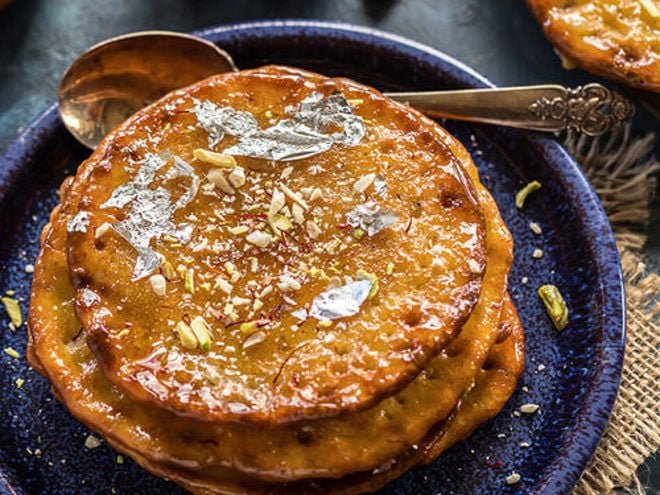
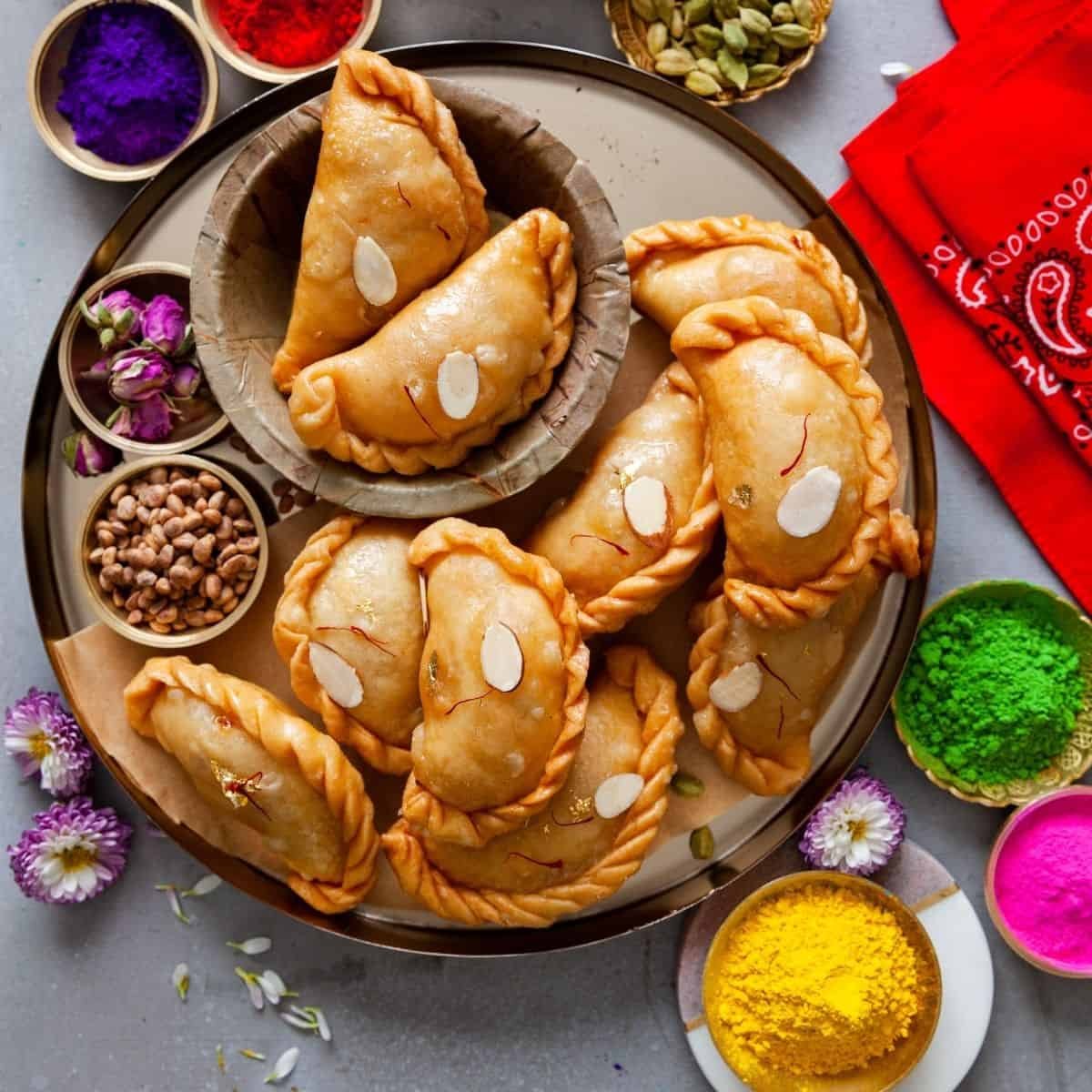
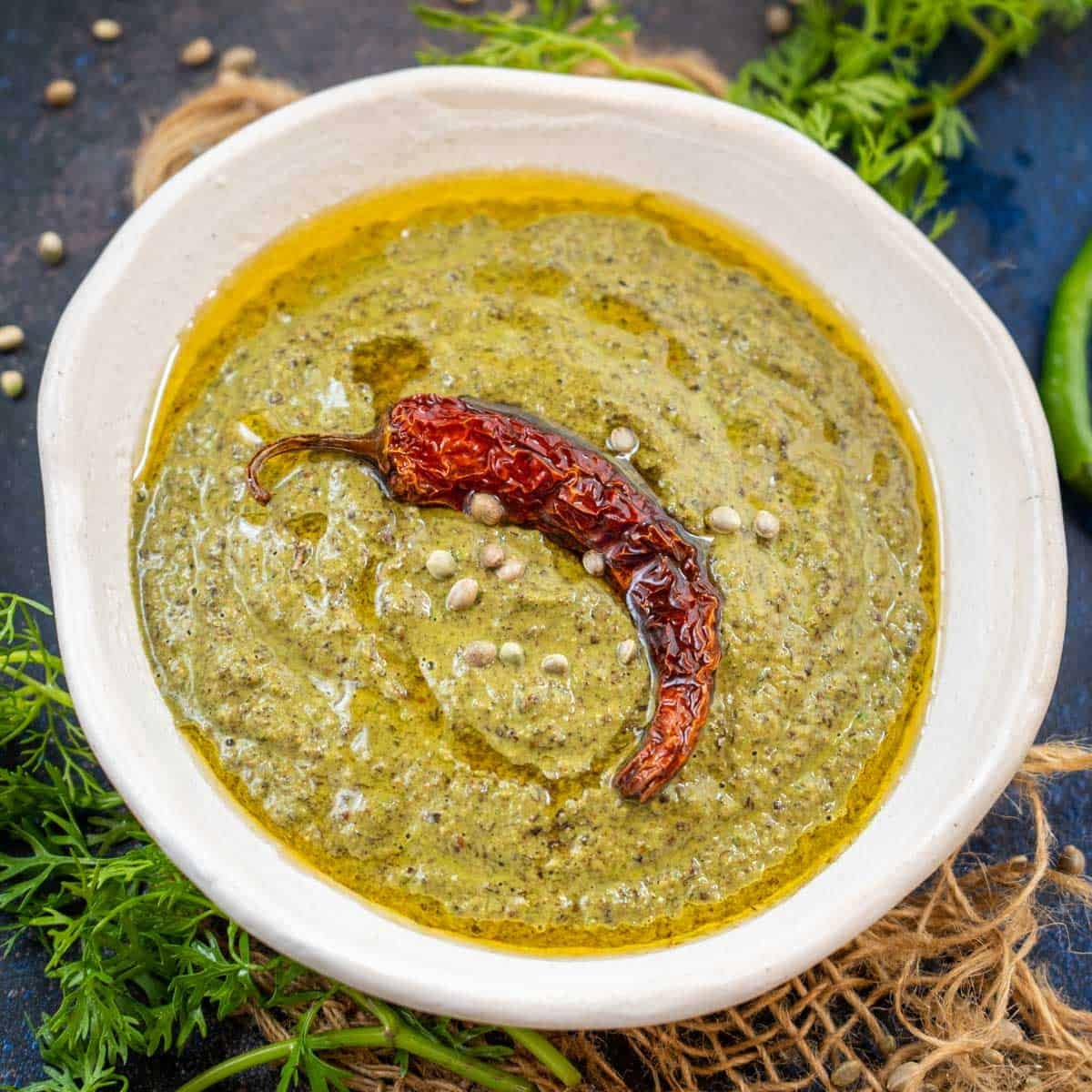
Holi, the festival of colors, is also a celebration of food! Many traditional Holi foods offer health benefits:
Gujiya: This sweet treat is rich in protein and healthy fats from the khoya (reduced milk) and dry fruits.
Thandai: A refreshing drink made with milk, nuts, and spices like saffron and cardamom, it is hydrating and rich in antioxidants.
Pakoras: These fried snacks can be made with vegetables like spinach, potato, or onion, providing vitamins, minerals, and fiber.
Dahi Vada: Lentils in dahi vada provide protein and fiber, while yogurt offers probiotics for gut health.
Bhang: Although consumed in moderation, bhang (a preparation of cannabis) is believed to have medicinal properties, including pain relief and relaxation.
While enjoying these delicacies, it's important to practice moderation and balance with other nutritious foods to maintain a healthy diet.
Recipes to Try Out This Holi & enjoy with loved ones!
Puran Poli (Maharashtra):
Ingredients:
1 cup chana dal (split Bengal gram)
1 cup jaggery
1 cup whole wheat flour
1 cup ghee
water for dough
cardamom powder as per taste
Method:
Cook chana dal, mash it, add jaggery and cardamom powder.
Make a dough with flour, roll it, stuff with the dal mixture, and cook on a griddle with ghee.
Malpua (North India):
Ingredients:
1 cup flour
1/2 cup milk
1/2 cup sugar
1/4 cup fennel seeds
Ghee for frying
Water as required
Method:
Mix flour, milk, and water to make a thick batter.
Add sugar and fennel seeds.
Fry spoonful’s of batter in ghee until golden.
Thandai (North India):
Ingredients:
1 liter milk
1/2 cup sugar
1/4 cup almonds
1/4 cup cashews
2 tbsp melon seeds
2 tbsp poppy seeds
1/2 tsp cardamom powder
saffron strands for garnishes
Method:
Soak almonds, cashews, melon seeds, and poppy seeds.
Blend with some milk.
Boil remaining milk with sugar, add the paste, and simmer.
Add cardamom powder and saffron.
Pakoras (Punjab):
Ingredients:
1 cup chickpea flour
1 potato (sliced)
1 onion (sliced)
1/2 cup spinach (chopped)
1/2 tsp carom seeds
Salt as required
oil for frying.
Method:
Mix chickpea flour, carom seeds, and salt.
Add water to make a thick batter.
Dip potato, onion, and spinach in the batter and fry until golden.
Bhang Ki Chutney (Uttar Pradesh):
Ingredients:
1/2 cup fresh mint leaves
1/2 cup fresh coriander leaves
2-3 green chilies
1/2 tsp cumin seeds
1/2 tsp black salt
2-3 tbsp bhang seeds
Water as required
Method:
Grind mint leaves, coriander leaves, green chilies, cumin seeds, and black salt with some water.
Add bhang seeds and grind again.
Gujiya (North India):
Ingredients:
2 cups all-purpose flour
1/2 cup ghee
1 cup khoya
1/2 cup powdered sugar
2 tbsp chopped nuts
oil for frying.
Method:
Mix flour and ghee to make a dough.
Roll out into small circles.
Fill with a mixture of khoya, sugar, and nuts.
Fold and seal edges.
Fry until golden.
Conclusion
Holi, the festival of colors, is a time for joyous celebration and indulging in delicious traditional foods from various parts of India. These recipes not only satisfy the taste buds but also offer a range of health benefits. From the rich flavors of Puran Poli to the refreshing Thandai and the crispy Pakoras, each dish adds a unique touch to the festive experience. Whether you're trying out the savory flavors of North India or the sweet delicacies of South India, these recipes are sure to make your Holi celebration even more special. So, gather your loved ones, savor these delightful dishes, and immerse yourself in the spirit of Holi!









